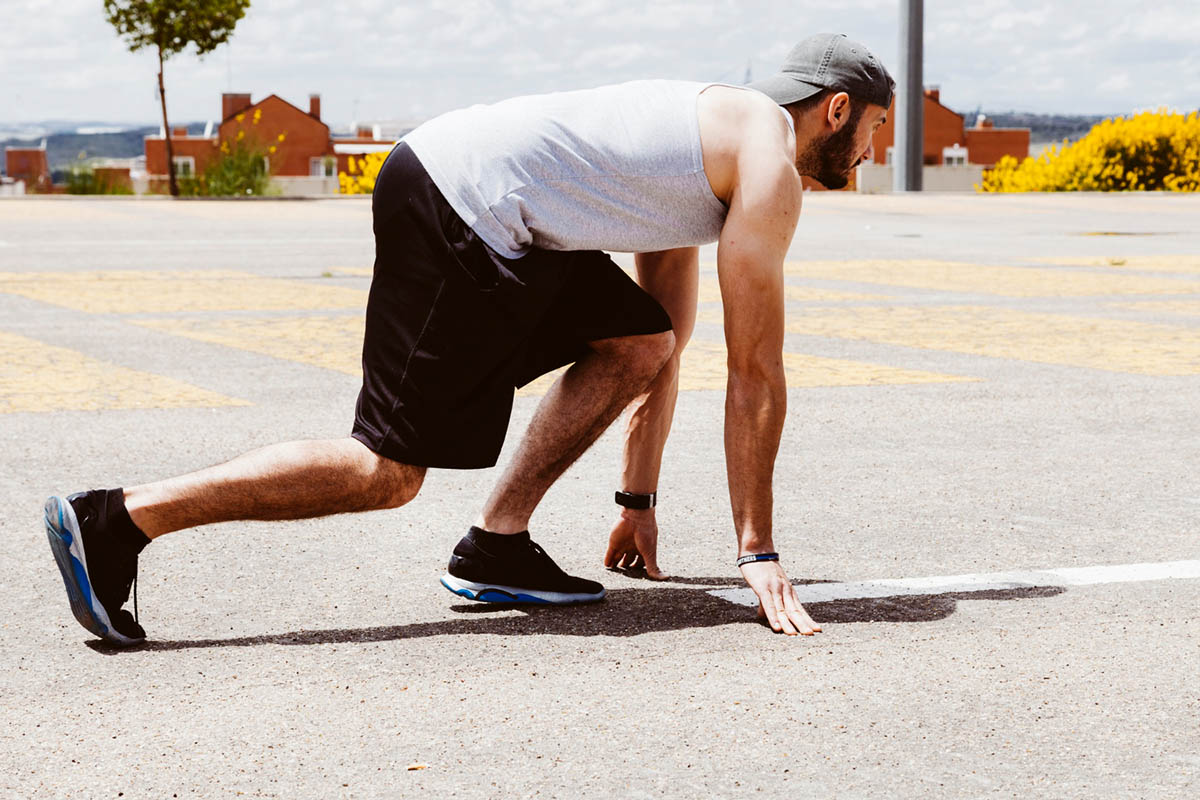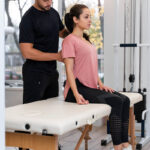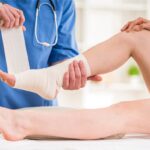
Introduction
Hip mobility is a key factor in a runner’s overall performance and injury prevention. A lack of flexibility and range of motion in the hips can cause compensations throughout the body, leading to inefficient running mechanics and increased risk of injury. At Scottsdale Physical Therapy & Performance, we emphasize the importance of hip mobility for runners looking to improve their performance and stay injury-free.
Why Hip Mobility Matters in Running Performance
The hips are central to the movement patterns required for running. They help generate power, control stride length, and maintain stability. When the hips lack mobility, it can lead to compensations in other areas, such as the knees or lower back, potentially causing discomfort or injury. Limited hip mobility can also reduce running efficiency, leading to slower times and increased fatigue. Improving hip mobility enhances stride efficiency, increases power, and reduces the strain on other parts of the body.
The Role of Physical Therapy in Enhancing Hip Mobility
At Scottsdale Physical Therapy & Performance, we assess your running mechanics and range of motion to identify any limitations in hip mobility. Our physical therapists then create personalized mobility programs to improve flexibility, increase range of motion, and strengthen the muscles surrounding the hip joint. Addressing hip mobility issues helps runners achieve a smoother, more efficient stride while reducing the likelihood of injury.
Is Professional Help Necessary for Improving Hip Mobility?
While many runners attempt to stretch or foam roll on their own, they may not target the right muscles or movements to truly enhance hip mobility. Professional guidance ensures that exercises and stretches are tailored to your specific needs. At Scottsdale Physical Therapy & Performance, our therapists provide personalized assessments and treatment plans to help you unlock better hip mobility and optimize your running performance.
Early Intervention: Preventing Complications from Limited Hip Mobility
If you notice tightness or discomfort in your hips while running, it’s crucial to address it early. Left unchecked, poor hip mobility can lead to a cascade of issues, including knee pain, IT band syndrome, and lower back discomfort. By seeking early intervention at Scottsdale Physical Therapy & Performance, you can prevent these problems from escalating and keep running without setbacks.
Improving Hip Mobility: Key Exercises and Strategies

1. Dynamic Stretching to Increase Flexibility
Dynamic stretching is an effective way to improve hip flexibility before a run. Incorporate exercises like leg swings, hip circles, and lunges with a twist into your warm-up routine. These movements help loosen up the hips, allowing for a greater range of motion and reducing stiffness during your run.
2. Targeted Hip Mobility Drills
Specific mobility drills can improve the range of motion in the hips. Exercises like hip flexor stretches, pigeon pose, and 90/90 hip switches are excellent for opening up the hip joint. At Scottsdale Physical Therapy & Performance, we guide runners through targeted mobility routines that focus on improving the flexibility and function of the hip muscles.
3. Strengthening the Glutes and Hip Stabilizers
Hip mobility isn’t just about flexibility—it also involves having strong, stable hip muscles to support your movements. Strengthening the glutes, abductors, and adductors can help runners maintain proper form and reduce strain on the hips. Exercises like glute bridges, clamshells, and lateral band walks are great for building hip strength while maintaining mobility.
Pain Management and Recovery for Hip-Related Issues
If you’re already experiencing hip pain or tightness, physical therapy offers various pain management techniques. At Scottsdale Physical Therapy & Performance, we use manual therapy, dry needling, and corrective exercises to alleviate discomfort and address the root causes of pain. By improving hip mobility and strength, runners can recover faster and return to pain-free running.
Preventing Future Injuries by Maintaining Hip Mobility
Maintaining good hip mobility is essential for preventing future injuries. Regular mobility work and strength training help keep the hip joint functioning properly, allowing runners to perform at their best. At Scottsdale Physical Therapy & Performance, we provide long-term strategies to maintain hip health, helping runners avoid common issues like hip flexor strains or IT band syndrome.
Conclusion
Hip mobility plays a vital role in running performance, stride efficiency, and injury prevention. By improving flexibility, targeting key muscles, and addressing hip mobility issues early, runners can unlock their full potential. If you’re experiencing hip tightness or want to optimize your running, contact Scottsdale Physical Therapy & Performance today for personalized mobility and strength programs.
FAQs
Why is hip mobility important for runners?
• Hip mobility is essential for maintaining stride efficiency, generating power, and preventing compensatory injuries in the knees, lower back, or ankles.
How can I improve my hip mobility?
• Dynamic stretching, targeted mobility drills, and strengthening exercises like leg swings, pigeon pose, and glute bridges can help improve hip mobility. A physical therapist can guide you through a personalized plan.
Can poor hip mobility lead to injury?
• Yes, poor hip mobility can cause compensations in other parts of the body, leading to injuries such as IT band syndrome, knee pain, or lower back discomfort. Improving hip mobility helps prevent these issues.









